- Home
- slideshows
- miscellaneous
- I drove the Tesla Model 3 for 2 days and used its most controversial feature - here's why it made me nervous
I drove the Tesla Model 3 for 2 days and used its most controversial feature - here's why it made me nervous
I briefly used Autopilot last year, but had not been able to test it on a highway.

During my first experience using Autopilot, it took me a few tries to trust it.
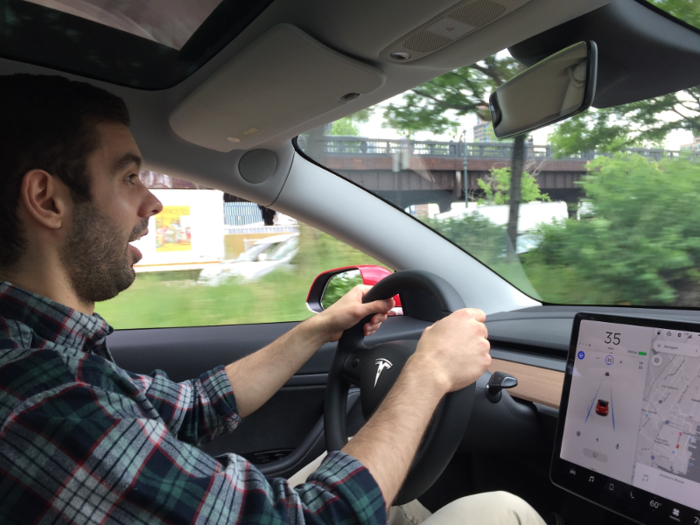
I had trouble letting the system handle any amount of driving without my input, even with my hands on the wheel and eyes on the road.
Read more: Videos showing Tesla's Smart Summon feature doing bizarre things have gotten the NHTSA's attention
This time, I found it easier to let Autopilot take some of the responsibility for my Model 3's driving.
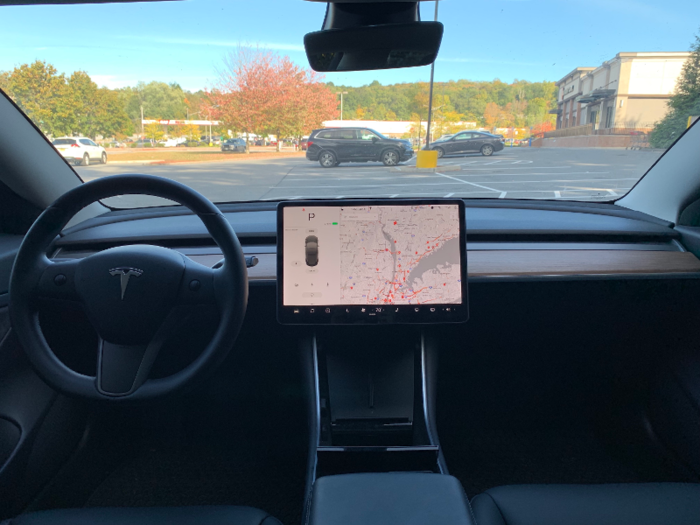
I set my preferences for Autopilot — like how closely it would follow the car in front of it, and how fast it would go — through the vehicle's touchscreen.
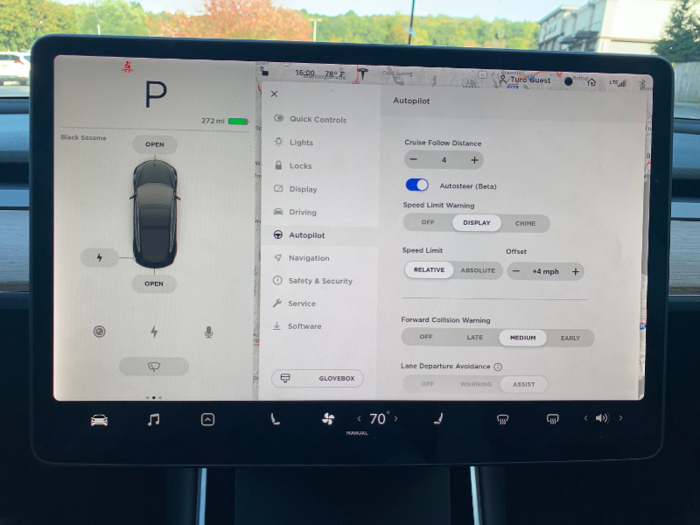
To turn Autopilot on, you push down twice on the stalk on the steering wheel's right side.
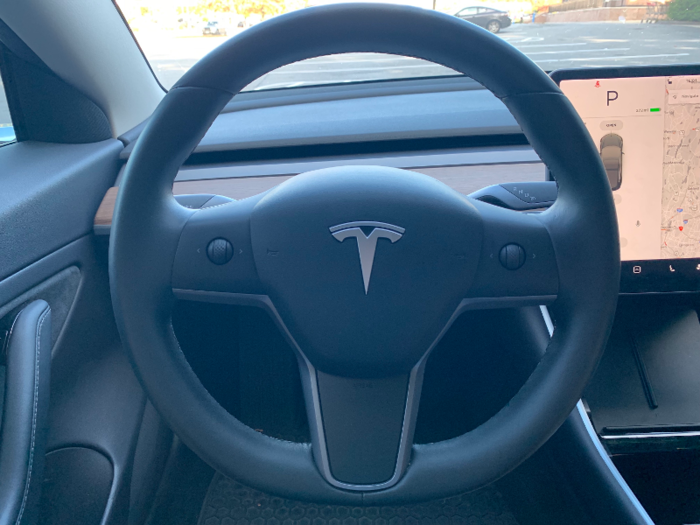
To turn it off, you can either push the stalk up, press the brake pedal, or start turning the steering wheel yourself.
Autopilot was useful in some ways but concerning in others.
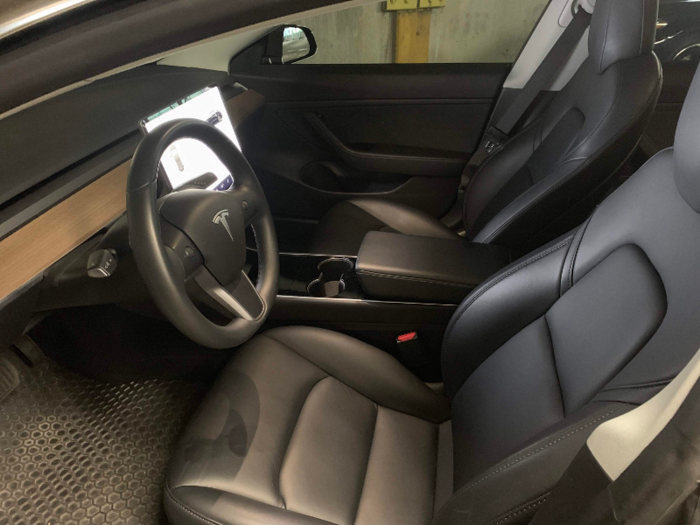
Much of the Model 3's appeal comes from the driving experience, so I often didn't want to use Autopilot, but I understood how it could be useful during a long trip.
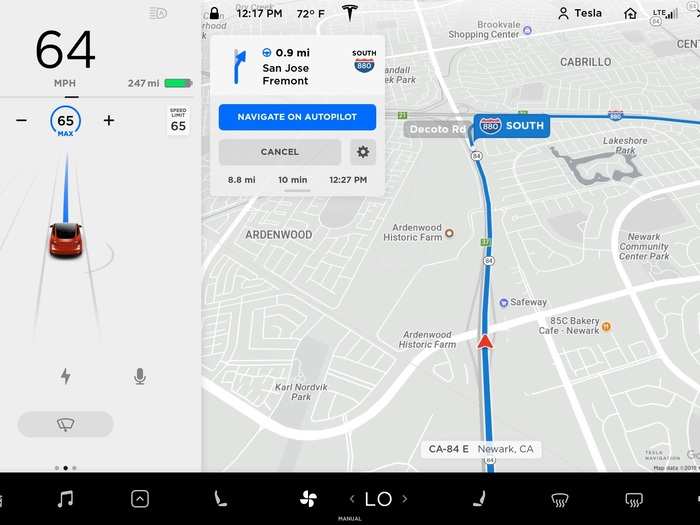
Autopilot has two primary parts: autosteer and adaptive cruise control.
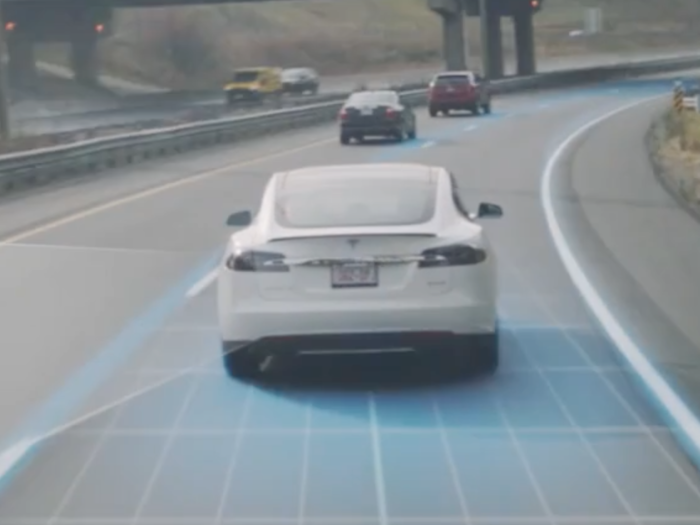
The former keeps a vehicle centered in its lane in areas where there are clear road markings. It worked well when I used it on this Model 3, but I could feel my attention starting to drift from time to time when it was on. Even though my hands were on the wheel and my eyes were on the road, I felt somewhat disconnected from the driving experience when I wasn't controlling the vehicle's speed or direction.
Adaptive cruise control, which controls the car's speed and keeps it at a set distance behind the vehicle in front of it, was more useful, but also gave me more problems.
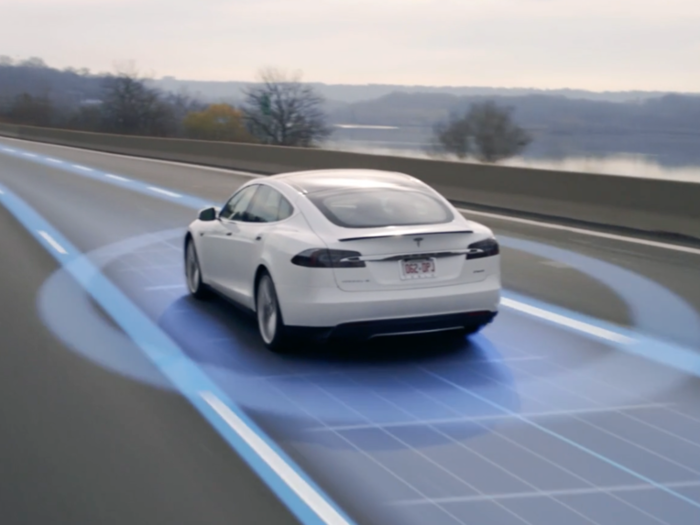
It was very conservative when it sensed a car merging onto the highway, sometimes braking more abruptly than I would have liked.
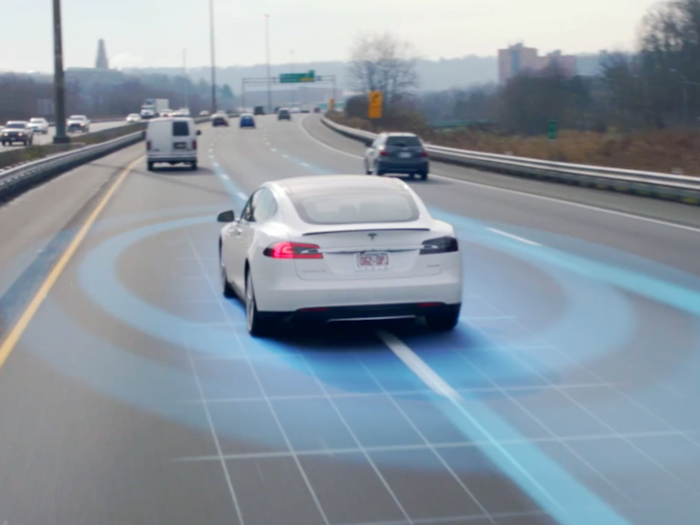
On one occasion, it felt like this Model 3's aggressive braking could have led to an accident if an inattentive driver had been following too close behind me. Another time, this Model 3 appeared to get confused by a pickup truck in the lane to my left that was not merging into my lane. The Model 3 I was in slowed down without having a clear reason to do so (there weren't any vehicles in front of me close enough to prompt such a move).
Adaptive cruise-control was most effective when I was in slow-moving traffic heading into Manhattan.
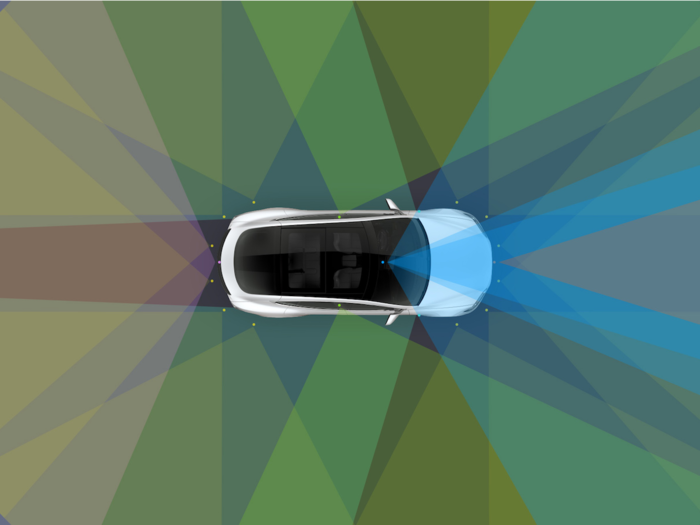
I had turned off autosteer, which kept me alert to the vehicles around me, but not having to constantly brake and accelerate the Model 3 myself removed much of the stress I would normally have felt in that situation.
I preferred Autopilot to Nissan's ProPilot Assist, a semi-autonomous driver-assistance feature with similar capabilities.
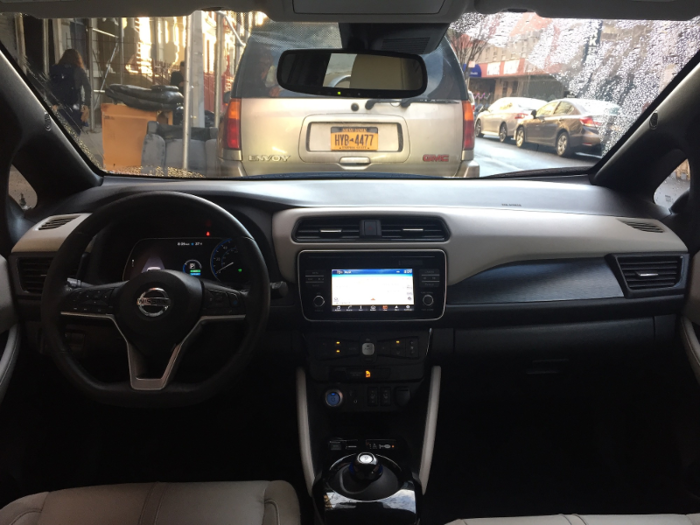
I tested ProPilot Assist last year.
I felt even less comfortable with Nissan's steering assist function, as it would at times turn off abruptly with only a chime sound to alert me.
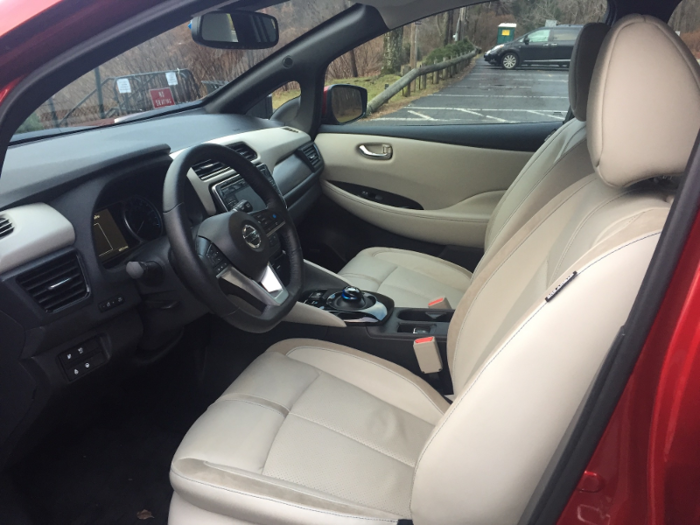
Sometimes, it would turn off in the middle of or just before a gradual turn on the highway, which meant that I would have to intervene immediately to prevent the Leaf from veering out of its lane. I preferred to control the steering myself.
I came to the same conclusion with Autopilot as I did when I tested ProPilot Assist: Adaptive cruise-control is very useful in some situations, but when combined with autosteer, it makes it harder to pay attention to the road.
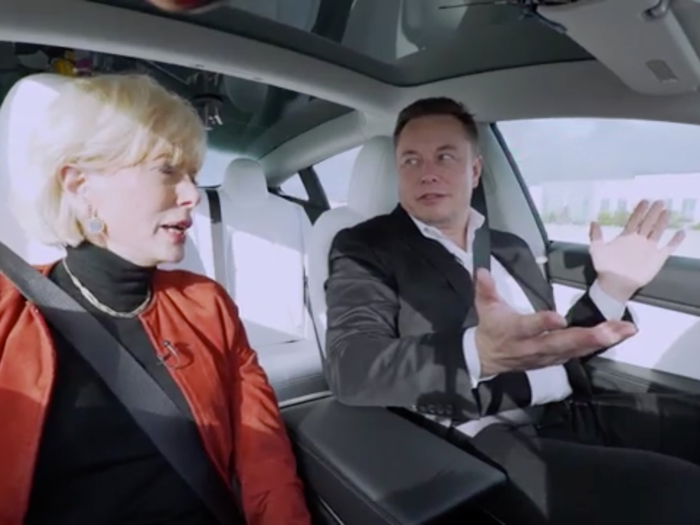
That makes it difficult to be ready to quickly take control of the vehicle if autosteer can no longer read the lane lines, or if the vehicle doesn't see an obstacle in front of it.
Using Autopilot showed me how far autonomous-driving technology has come, and how far it has to go to make fully self-driving cars a reality.
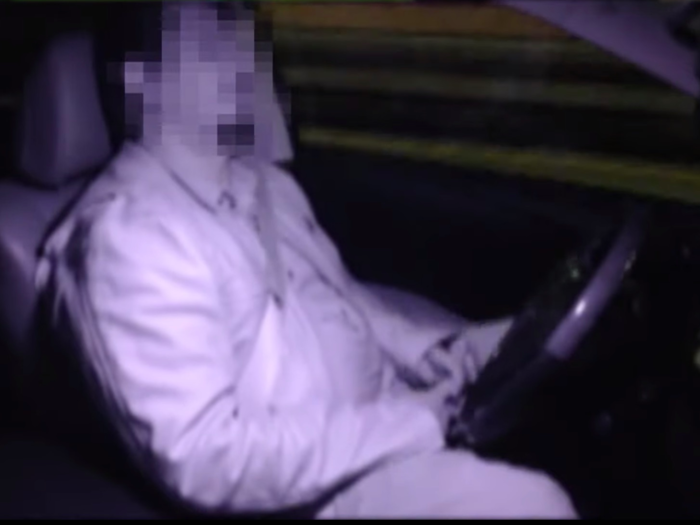
Tesla's competitors are split on driver-assistance systems that to some degree control steering and speed at the same time but still require the driver to be ready to take over. Some companies, like Cadillac and Nissan, have developed systems similar to Tesla's. Others, like the Google spinoff Waymo, are skipping partial autonomy for systems that can drive without any human supervision.
My time with Autopilot made it clear that this debate will continue for years to come.
- Read more:
- How Tesla could rescue the US motorcycle market
- Elon Musk says Tesla owners will soon be able to replace their horn with fart and goat noises
- NHTSA is investigating a claim that a Tesla software update meant to prevent battery fires hurt the range of some Model S and Model X vehicles
- A wealth manager dings Tesla, says there's 'absolutely no reason' to own the company's shares right now
Popular Right Now
Popular Keywords
Advertisement